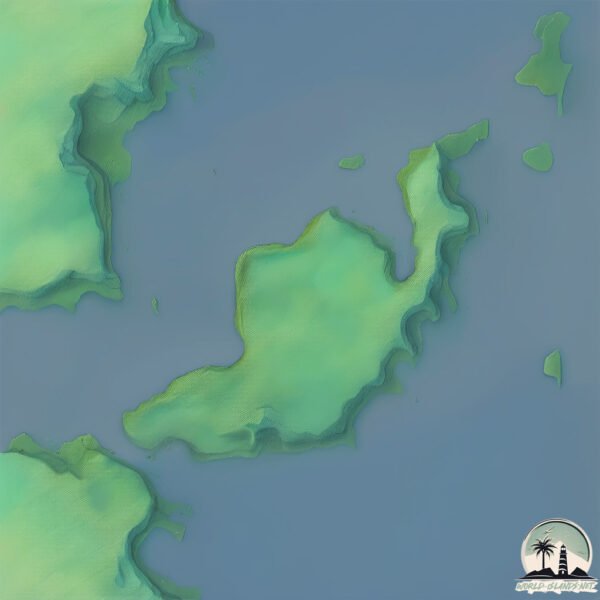Kioa Island

Welcome to Kioa Island, a Tropical island in the South Pacific Ocean, part of the majestic Pacific Ocean. This guide offers a comprehensive overview of what makes Kioa Island unique – from its geography and climate to its population, infrastructure, and beyond. Dive into the details:
- Geography and Size: Explore the island’s size and location.
- Climate and Weather: Weather patterns and temperature.
- Topography and Nature: Uncover the natural wonders of the island.
- Infrastructure and Travelling: Insights on reaching, staying, and making the most of your visit.
- News and Headlines: Latest News.
Geography and size of Kioa Island
Size: 19 km²
Coastline: 33.8 km
Ocean: Pacific Ocean
Sea: South Pacific Ocean
Continent: Oceania
Kioa Island is a Medium Island spanning 19 km² with a coastline of 34 km.
Archipel: Fiji – Fiji, an archipelago in the South Pacific Ocean, is composed of more than 300 islands and is famed for its stunning coral reefs, beautiful tropical beaches, and rich cultural heritage. It’s a popular tourist destination, offering a range of activities from snorkeling to exploring traditional Fijian villages. Fiji’s diverse population has created a unique blend of indigenous, Indian, Chinese, and European cultures.
Tectonic Plate: Africa – One of the world’s largest tectonic plates, covering the African continent and parts of the surrounding oceans, known for its stability with some active rift zones.
The geographic heart of the island is pinpointed at these coordinates:
Latitude: -16.64984518 / Longitude: 179.91128493
Climate and weather of Kioa Island
Climate Zone: Tropical
Climate Details: Tropical Rainforest Climate
Temperature: Hot
Climate Characteristics: This climate is typified by heavy rainfall throughout the year, high humidity, and consistently high temperatures, leading to lush rainforests and rich biodiversity. Seasonal temperature variations are minimal.
Topography and nature of Kioa Island
Timezone: UTC+12:00
Timezone places: Pacific/Auckland
Max. Elevation: 134 m
Mean Elevation: 58 m
Vegetation: Evergreen Broadleaf Forest
Tree Coverage: 100%
The mean elevation is 58 m. The highest elevation on the island reaches approximately 134 meters above sea level. The island is characterized by Plains: Flat, low-lying lands characterized by a maximum elevation of up to 200 meters. On islands, plains are typically coastal lowlands or central flat areas.
Dominating Vegetation: Evergreen Broadleaf Forest
Characterized by dense, lush canopies of broadleaf trees that retain their leaves year-round. These forests are typically found in tropical and subtropical regions and are known for their high biodiversity. Kioa Island has a tree cover of 100 %.
Vegetation: 4 vegetation zones – Diverse Island
Four distinct vegetation zones mark these islands as ecologically diverse. They might feature varied landscapes such as forests, beaches, grasslands, and rocky areas. Such diversity reflects the island’s complex ecological interactions and varied habitats, which can support a rich array of wildlife and plant species.
Infrastructure and Travelling to Kioa Island
Does the island have a public airport? no.
There is no public and scheduled airport on Kioa Island. The nearest airport is Savusavu Airport, located 61 km away.
Does the island have a major port? no.
There are no major ports on Kioa Island. The closest major port is SAVUSAVU BAY, approximately 61 km away.
The mean population of Kioa Island is 23 per km². Kioa Island is Gently Populated. The island belongs to Fiji.
Continuing your journey, Vanua Levu east of dateline is the next notable island, situated merely km away.
Fiji is classified as Developing region: Regions characterized by lower income levels, with economies in the process of industrialization and modernization. The level of income is Lower middle income.
News – Latest Updates and Headlines from Kioa Island
Stay informed with the most recent news and important headlines from Kioa Island. Here’s a roundup of the latest developments.
Please note: The data used here has been primarily extracted from satellite readings. Deviations from exact values may occur, particularly regarding the height of elevations and population density. Land area and coastline measurements refer to average values at mean high tide.
